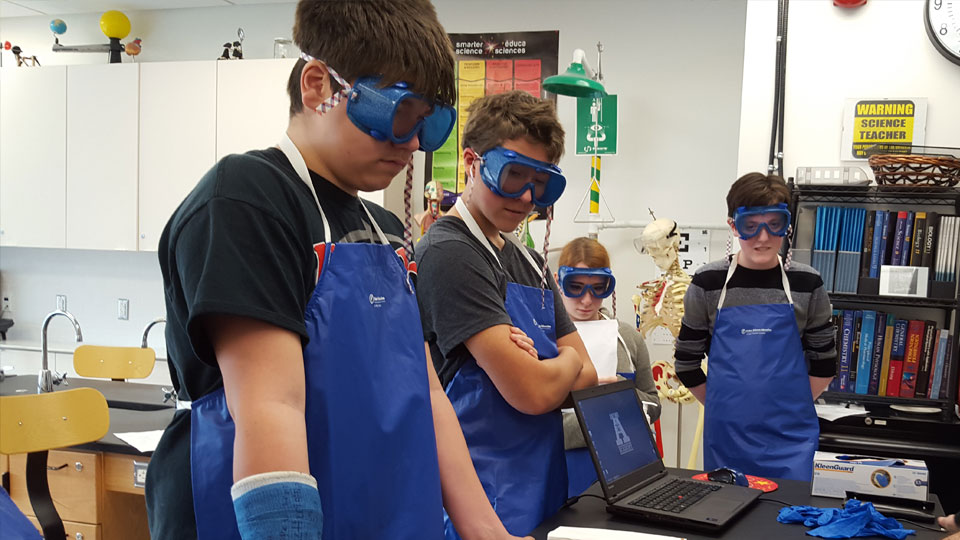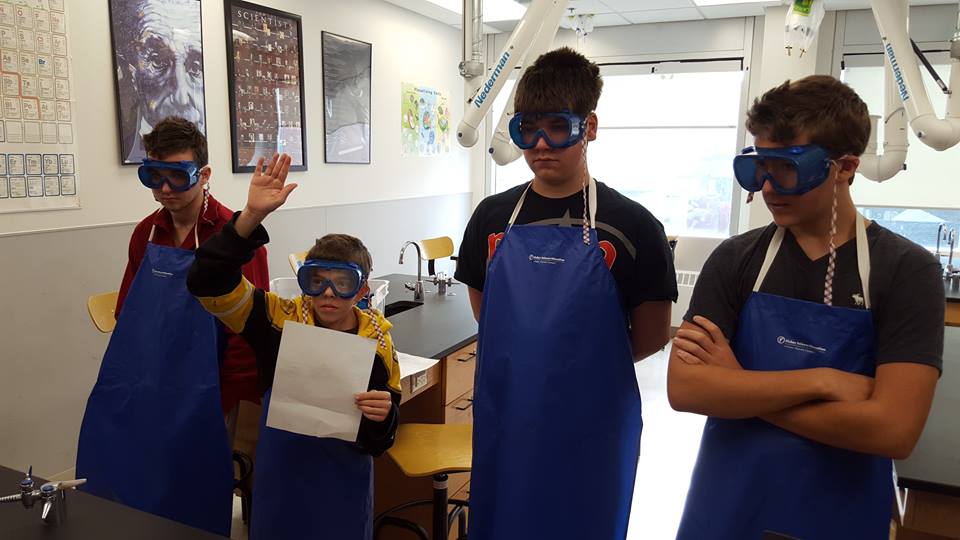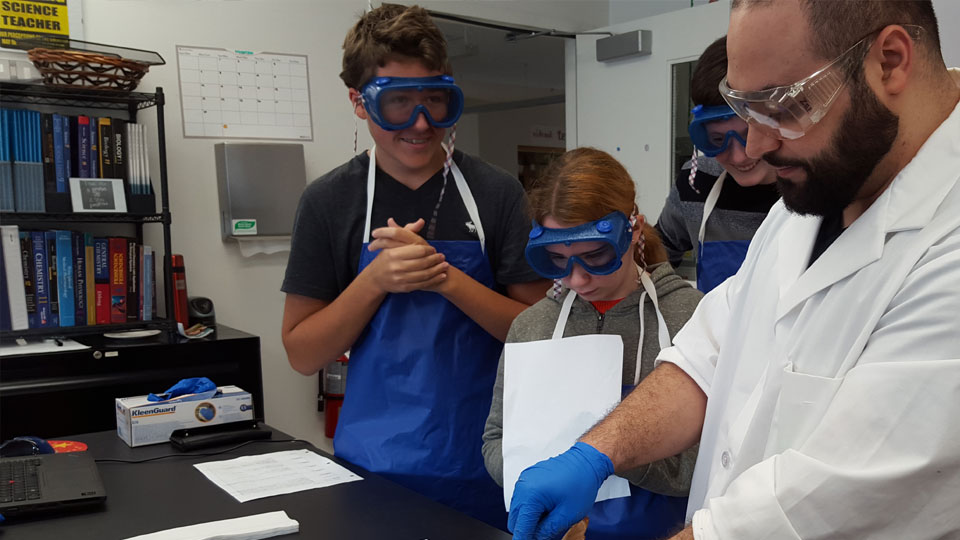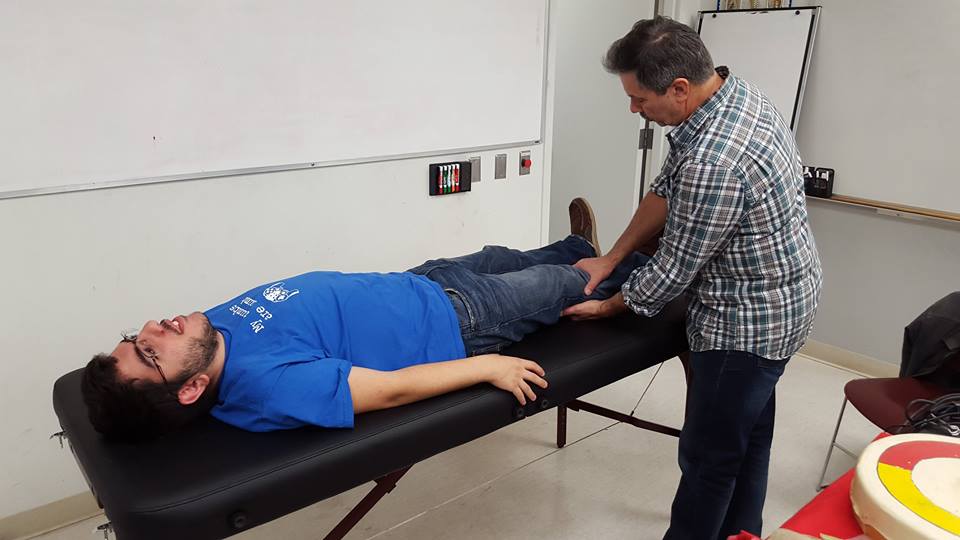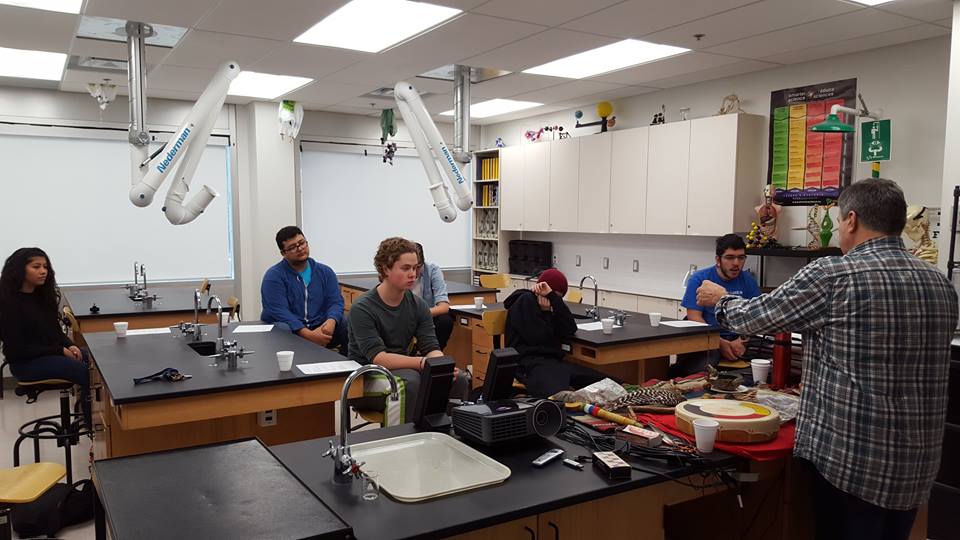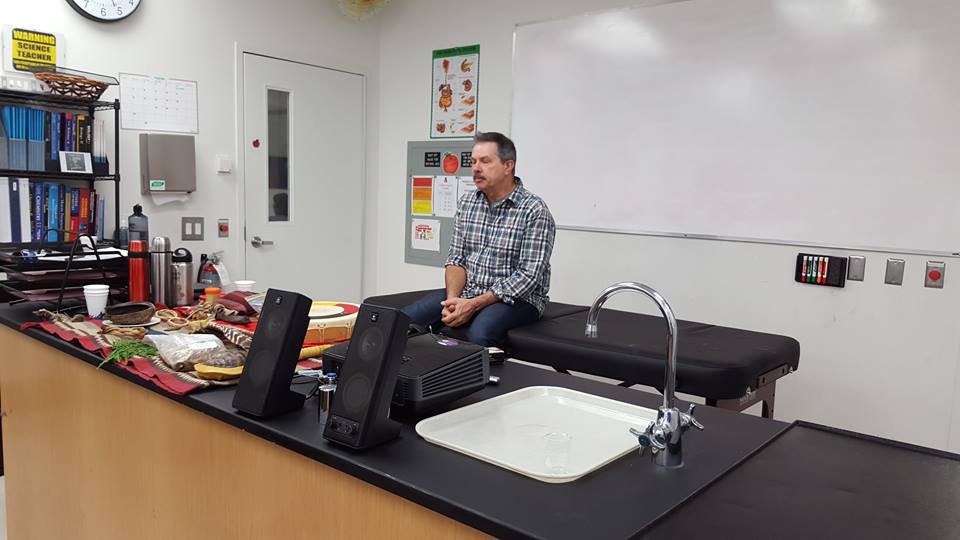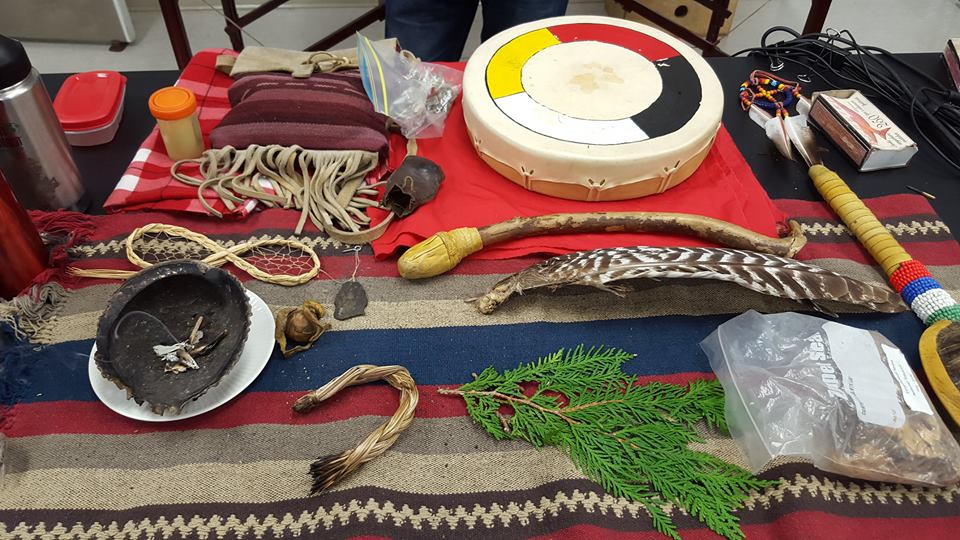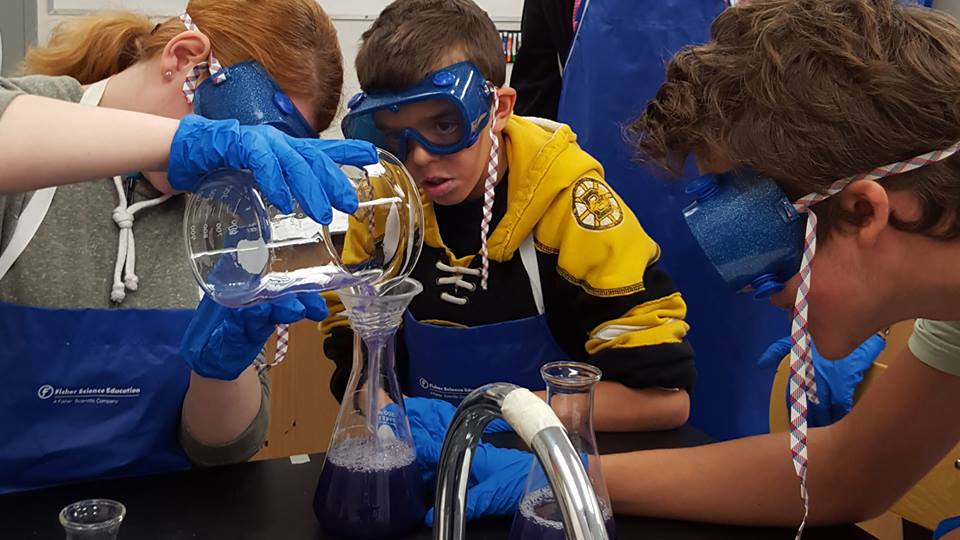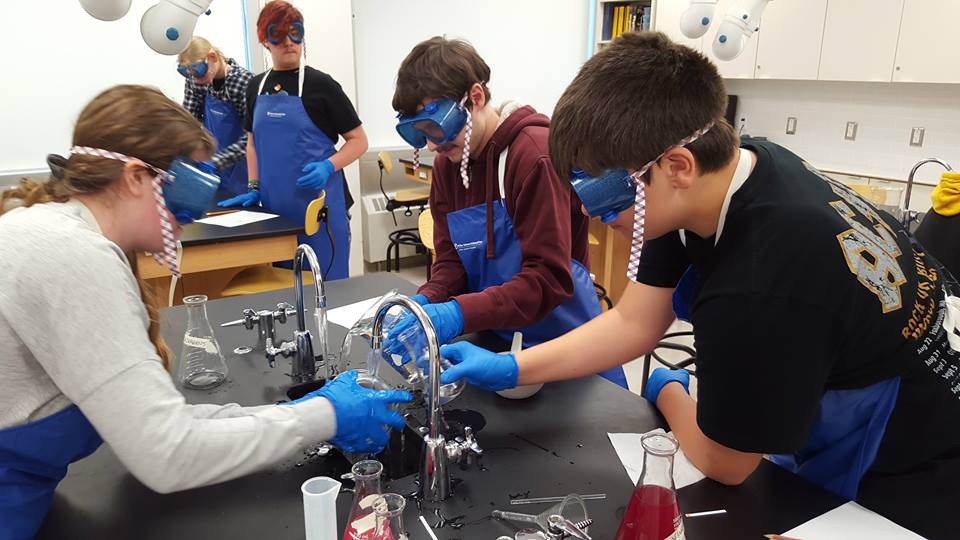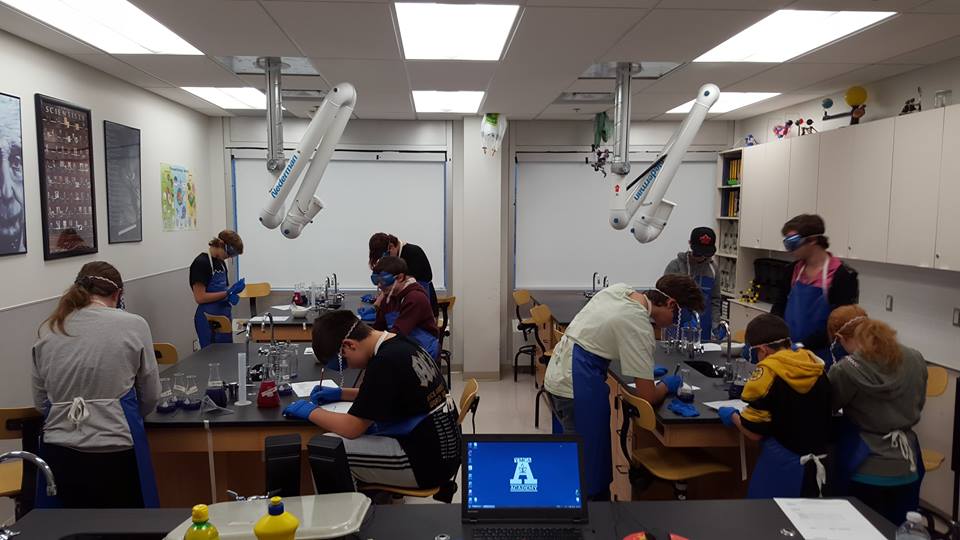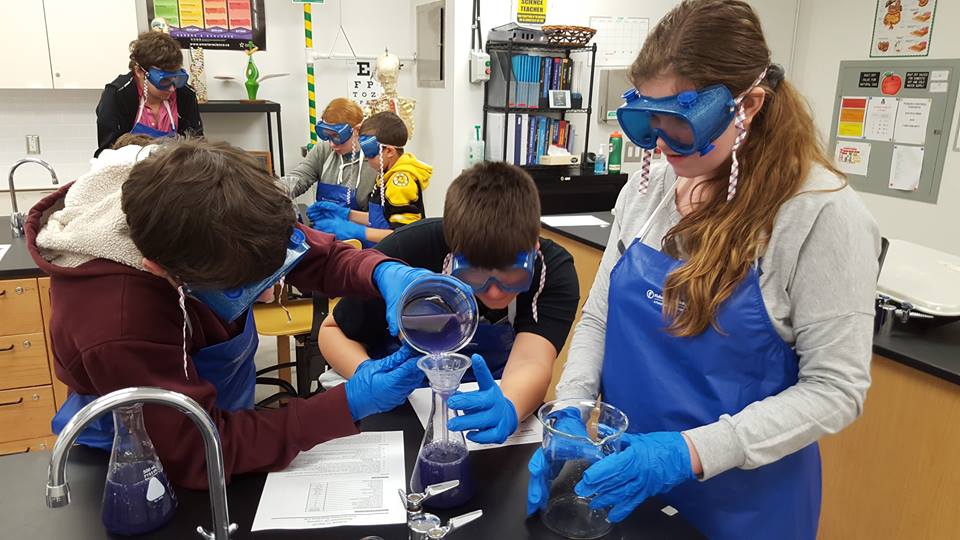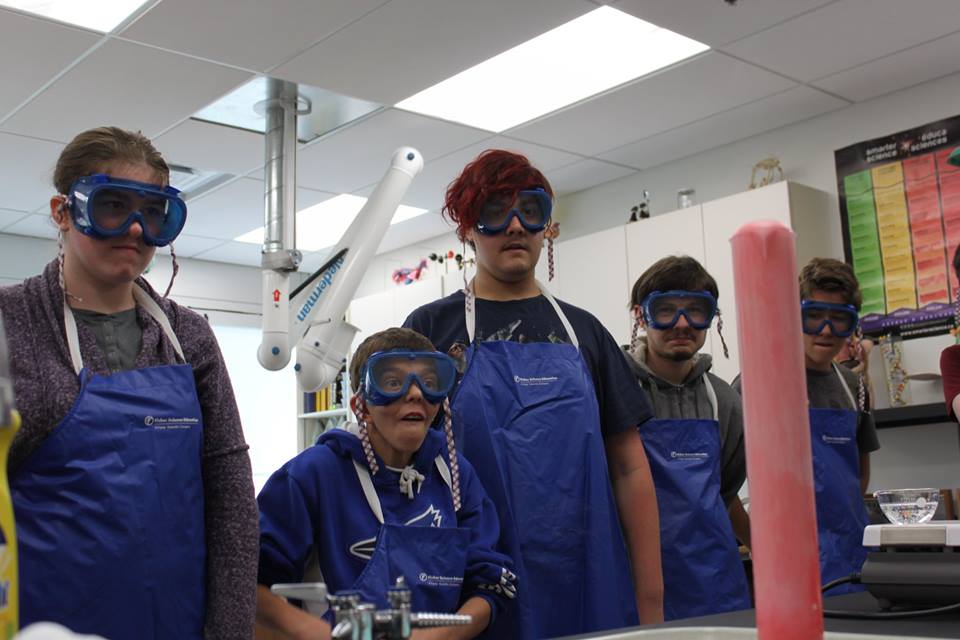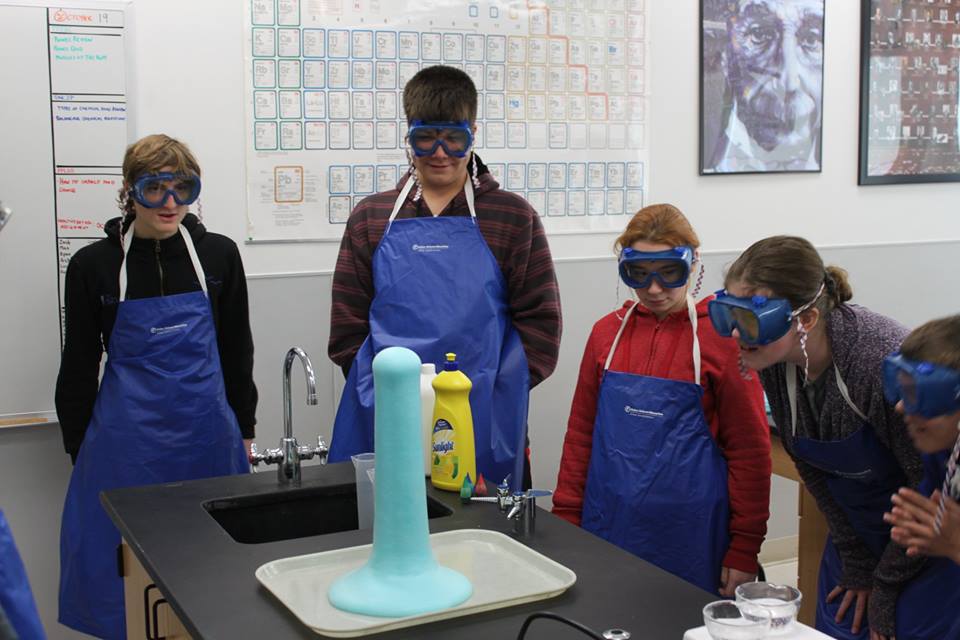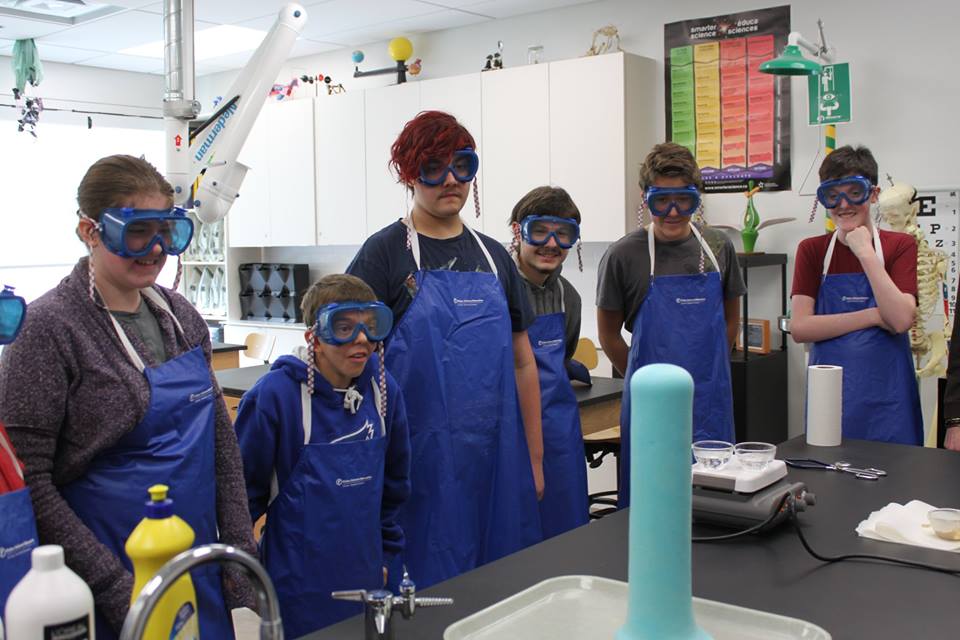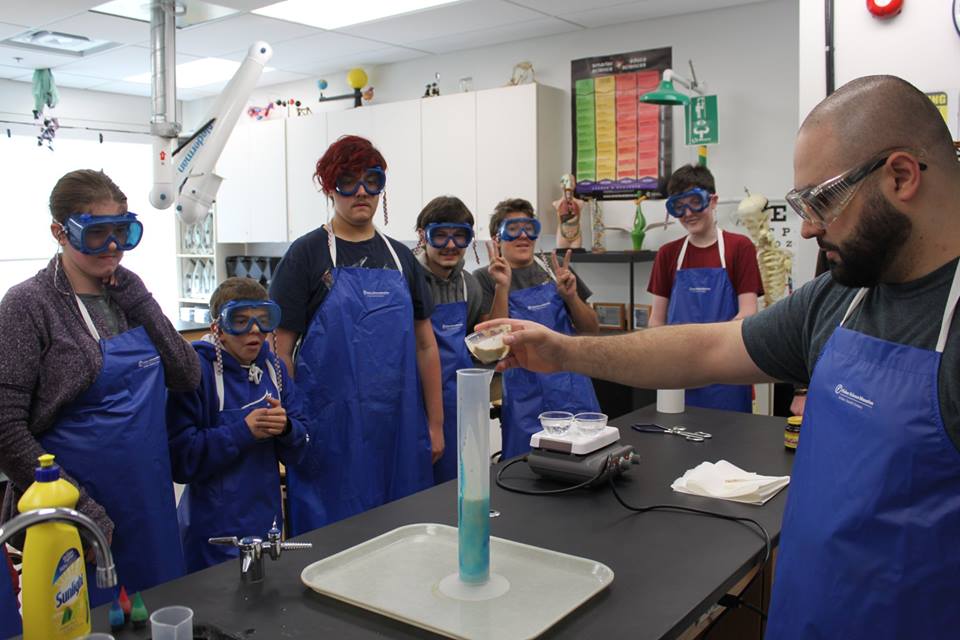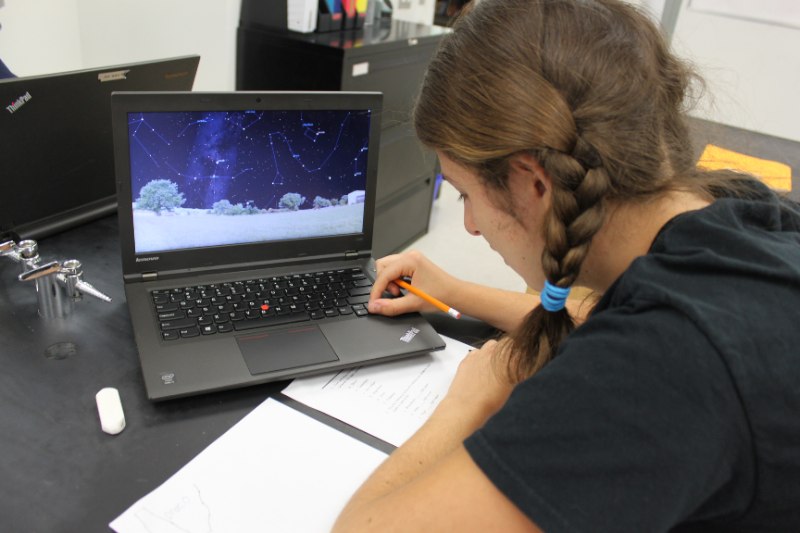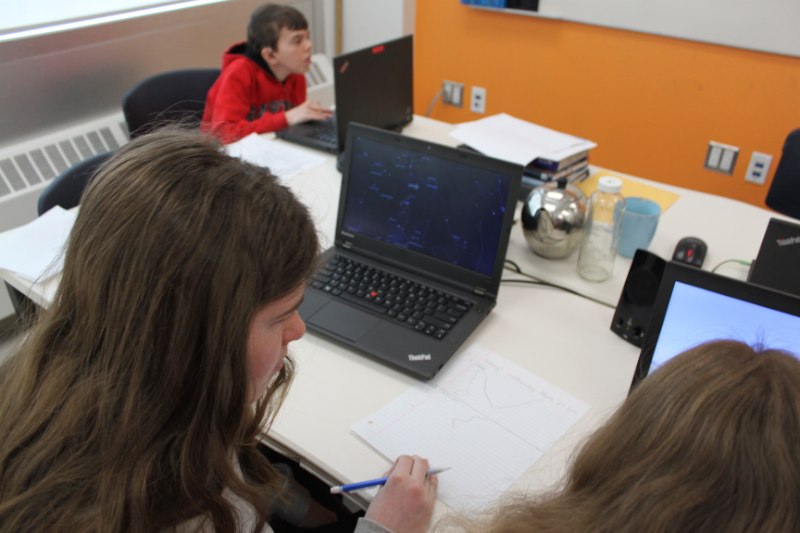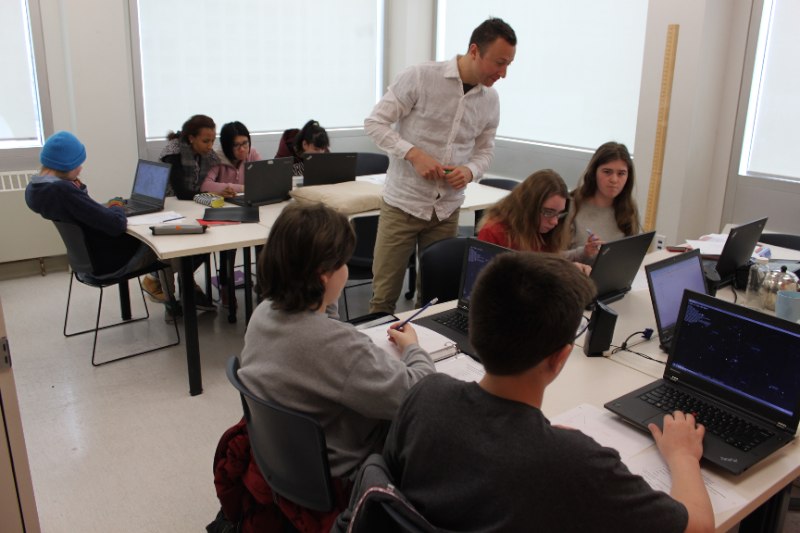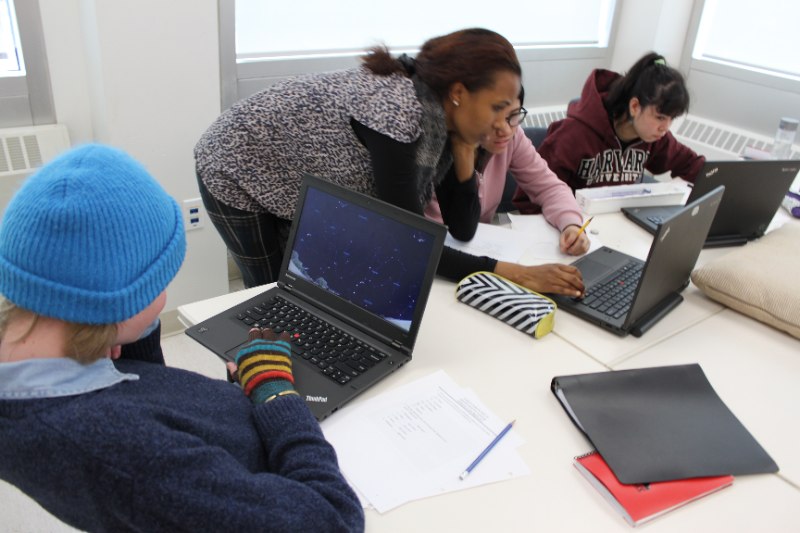Learning about cells and tissues can be a difficult concept for students considering how small cells are, and how much information there is to know about the different tissue types in the human body. With cells and tissues out of the way, organs and organ systems take center stage which students find easier as they have a good amount of background knowledge about most of the major organs and the major functions they have. Each student was assigned a specific organ to research and become a “master” of. Students then used this knowledge to teach each other about their organs.
In order to see how all of the major organs look, and to get a better appreciation for how they work together, the grade 10 science class observed the dissection of a fetal pig just before their biology unit assignment. Students were called upon to explain their assigned organs to the rest of the class throughout the dissection. An alternate room was set up for student who did not want to partake in the dissection. Although the dissection was an exciting idea to most of the class during the days leading up to the dissection, only 3 of the 9 students in attendance ended up partaking in the entire dissection. All of the students got a chance to see the pig before the dissection, and most of them saw various portions of the dissection, with all of them making memorable memories regardless of their level of participation.

